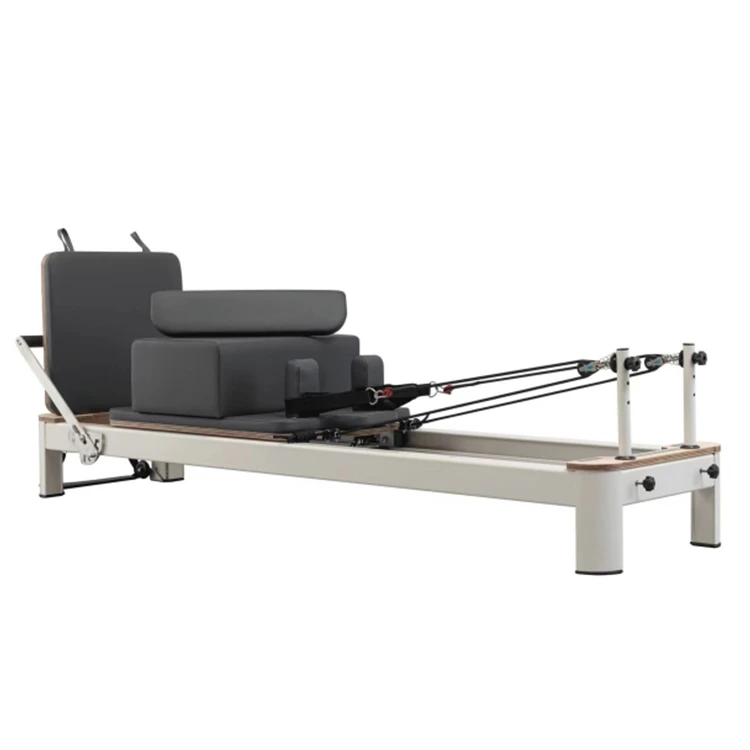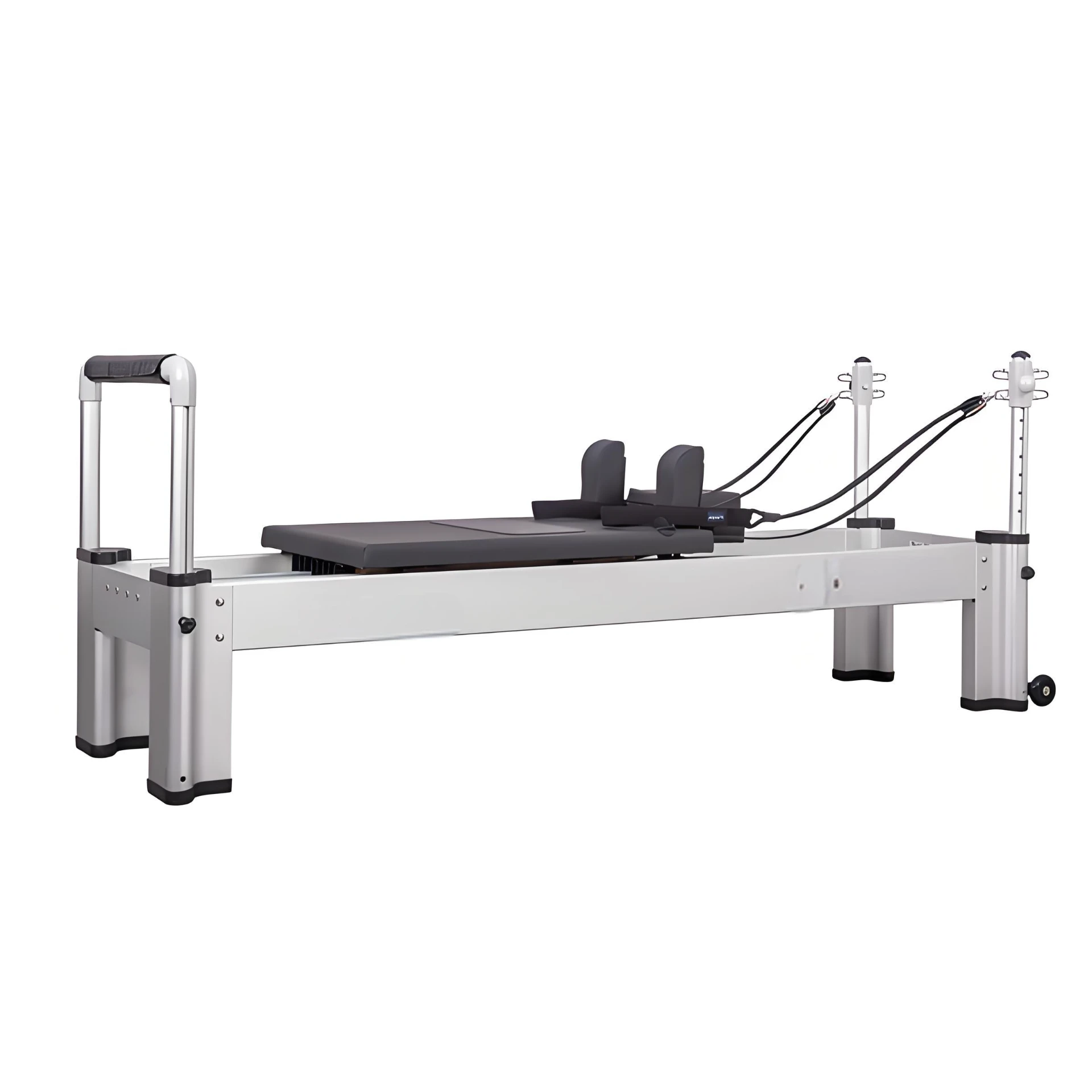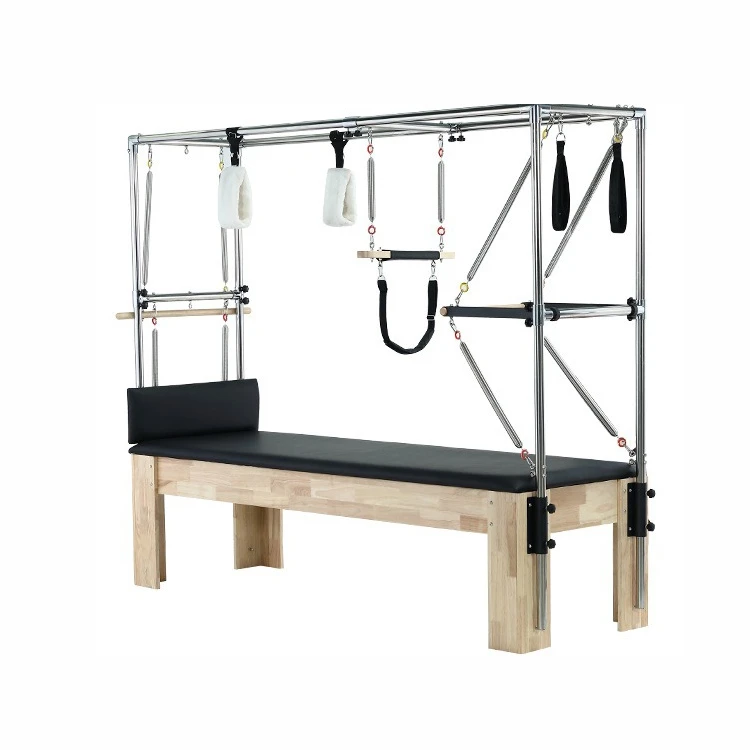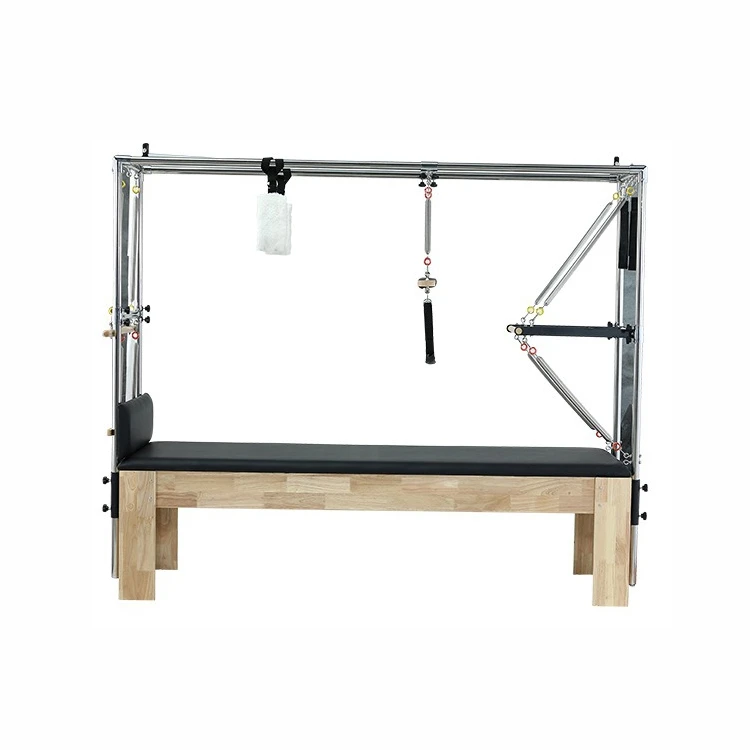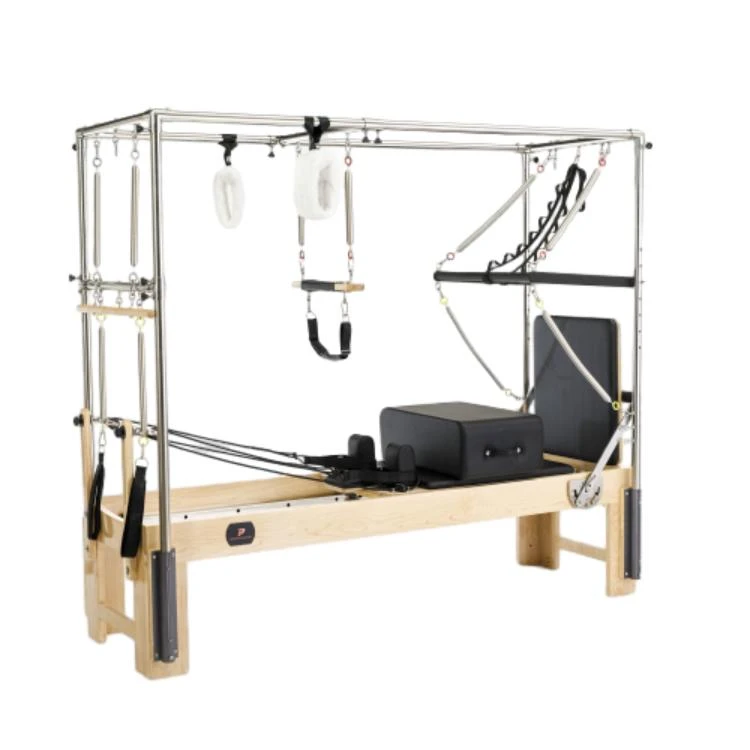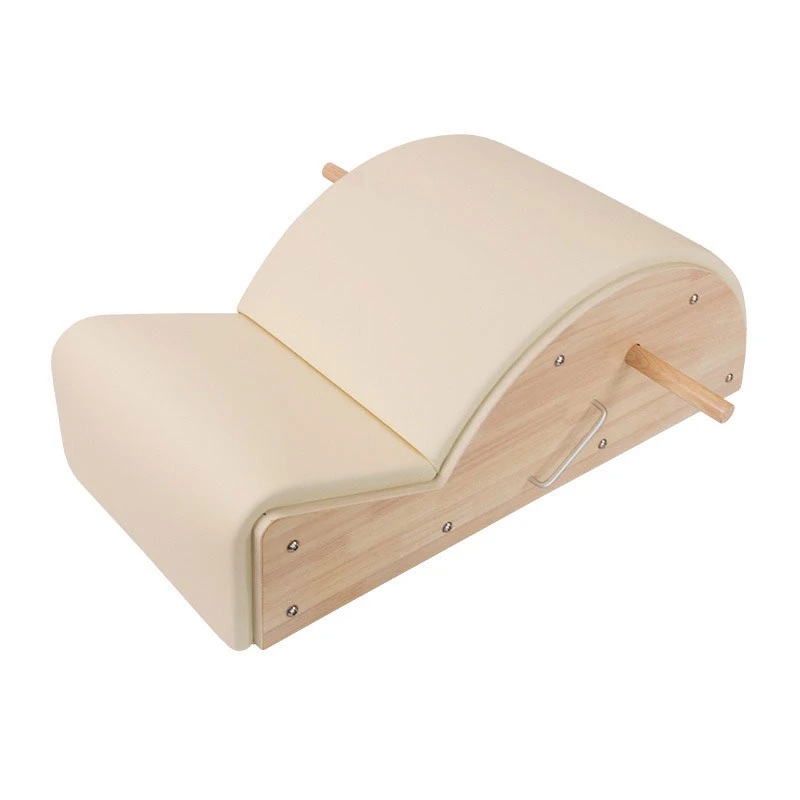Pilates Industry News: Trends, Innovations, and Opportunities
Introduction
The Pilates method, developed by Joseph Pilates in the early 20th century, has evolved from a niche practice into a global phenomenon embraced by fitness enthusiasts, athletes, and healthcare professionals alike. Today, the Pilates industry encompasses a diverse range of practices, from traditional mat work to cutting-edge equipment-based workouts. This article explores recent trends, innovations, and opportunities within the Pilates sector, providing insights into how this holistic fitness approach continues to grow and adapt to the changing landscape of wellness.
The Rise of Hybrid Pilates Workouts
In recent years, the Pilates community has seen a surge in hybrid workouts that combine traditional Pilates techniques with other fitness disciplines. One notable trend is the integration of Pilates with barre exercises, which has gained significant traction among fitness enthusiasts. Studios like Physique 57 offer a variety of formats including Sculpt, Power Sculpt, HIIT (High-Intensity Interval Training), and Core classes, blending the core-strengthening principles of Pilates with the toning benefits of barre.
Another popular trend is the fusion of Pilates with yoga, often referred to as "Pilates-yoga fusion." These classes leverage the complementary benefits of both practices, offering a well-rounded approach to physical and mental wellbeing. Studies have shown that engaging in such hybrid workouts can lead to improved health-promoting behaviors, reinforcing the notion that various elements of wellness can reinforce each other.
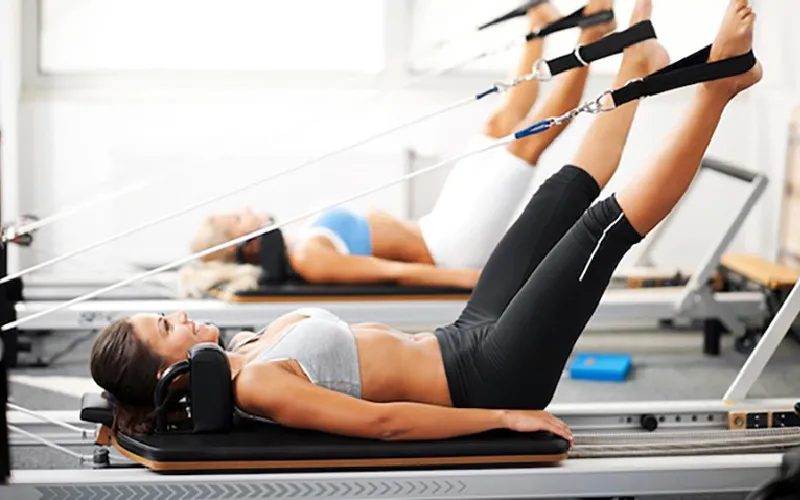 |
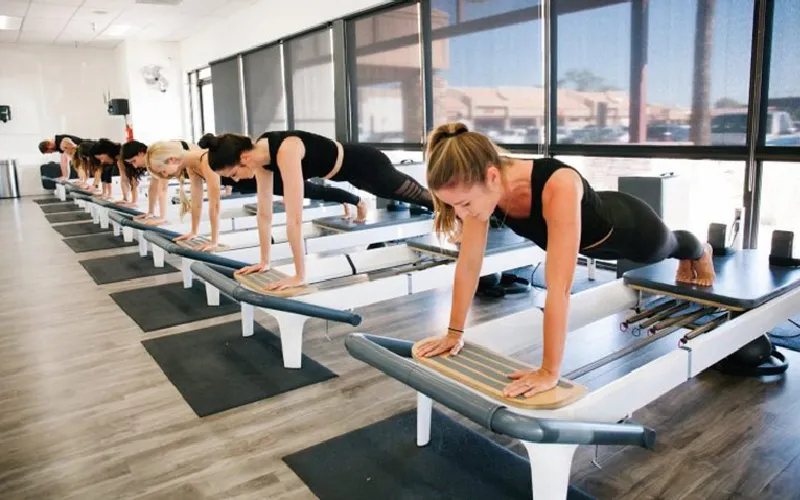 |
Pilates Equipment Innovation
Pilates equipment, particularly the Reformer, remains a cornerstone of many studios. However, manufacturers are continually innovating to enhance user experience and expand the capabilities of these machines. For example, the Pilates Towel Mat, a product made in China, is designed to provide additional comfort and support during workouts, reflecting the industry's focus on enhancing user comfort and safety.
Additionally, there has been a growing interest in portable and home-use Pilates equipment. With the rise of remote working and lifestyle changes, individuals are seeking convenient ways to incorporate Pilates into their daily routines. Companies are responding to this demand by developing compact and versatile machines that can easily fit into home environments.
Digital Transformation in Pilates
The digital transformation has also had a profound impact on the Pilates industry. With the advent of virtual classes, users can now access high-quality Pilates instruction from the comfort of their homes. Platforms like Physique 57 offer live-streamed classes, enabling participants to join sessions from anywhere in the world. This not only broadens the reach of Pilates but also makes it more accessible to people who may not have a studio nearby.
Furthermore, the use of technology in Pilates training extends beyond live classes. Apps and online programs provide personalized workout plans, tracking tools, and educational resources, helping users to stay motivated and achieve their fitness goals. These technological advancements have democratized access to Pilates, making it easier than ever for individuals to benefit from its physical and mental health advantages.
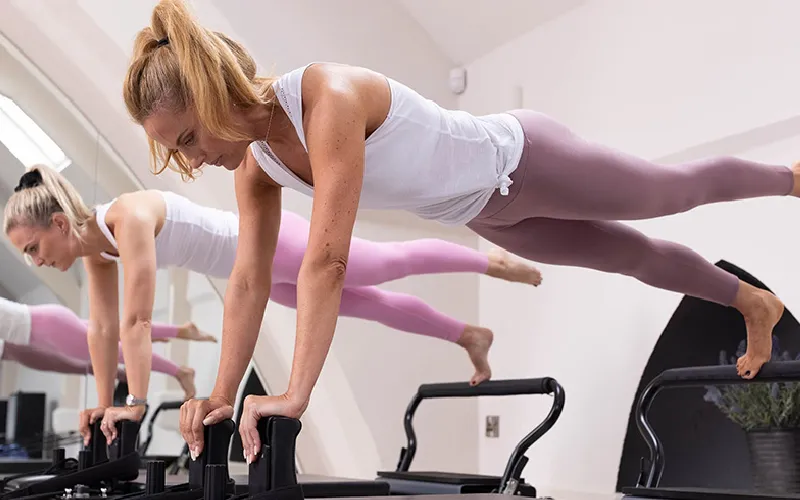 |
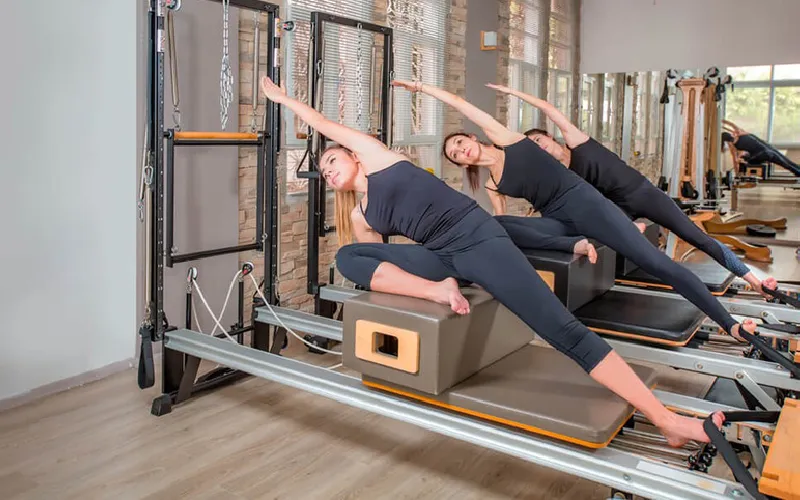 |
The Role of Pilates in Rehabilitation and Wellness
Beyond fitness, Pilates plays a critical role in rehabilitation and overall wellness. Many healthcare professionals, including physical therapists and chiropractors, incorporate Pilates into their treatment plans to aid recovery from injuries and surgeries. The controlled movements and emphasis on core stability make it an ideal choice for individuals recovering from back pain, joint issues, and other musculoskeletal conditions.
Moreover, the holistic nature of Pilates, which focuses on mind-body connection, has led to its incorporation in stress management and mental health programs. The controlled breathing and mindful movements help reduce stress and anxiety, contributing to a sense of well-being.
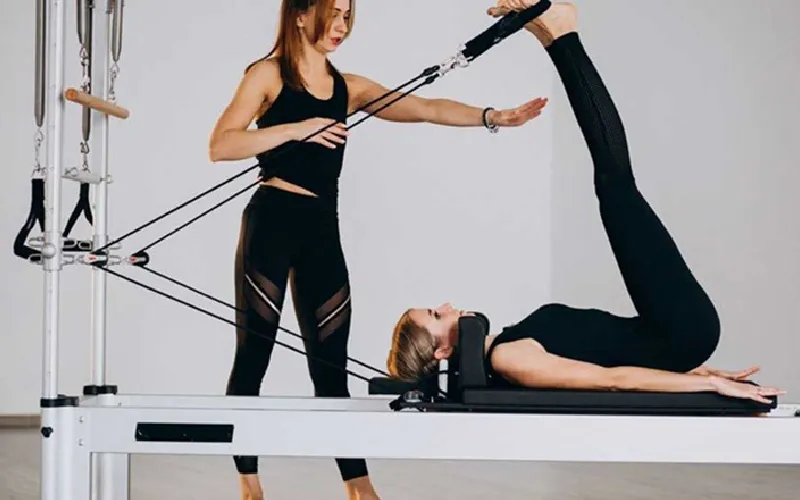 |
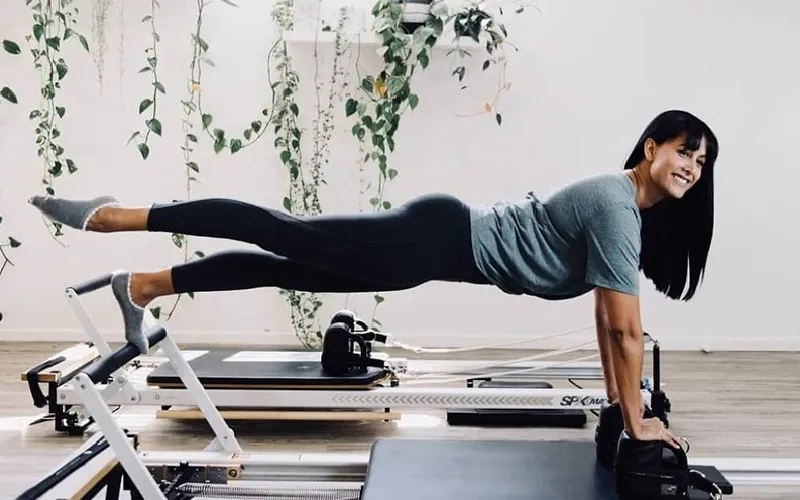 |
Closing Summary
The Pilates industry continues to evolve, driven by innovation, accessibility, and a growing awareness of its multifaceted benefits. From the emergence of hybrid workouts to the integration of technology, Pilates is adapting to meet the changing needs of modern society. As more people discover the transformative power of Pilates, the industry is poised for further growth and development. Whether you're a seasoned practitioner or just starting out, the future of Pilates offers exciting opportunities for personal growth and wellness.
Latest news
-
Types of Pilates Machines Used in Group Classes Versatility GuideNewsJul.07,2025
-
Pilates Spine Corrector Benefits for Posture and Core StrengthNewsJul.07,2025
-
Pilates Chair for Sale Adjustable Spring Systems for All Fitness LevelsNewsJul.07,2025
-
Ladder Barrel for Sale Commercial-Grade Wooden ConstructionNewsJul.07,2025
-
Eco-Friendly Pilates Studio Equipment Sustainable Materials GuideNewsJul.07,2025
-
Adjustable Pilates Chair Settings for All Fitness LevelsNewsJul.07,2025
- Address
- Room 1601, 1302, Building A, Zijingguandi, Qiaodong District, Xingtai City, Hebei Province, China
- Sandra@raetin.com
- Phone
- +86 18231139331

